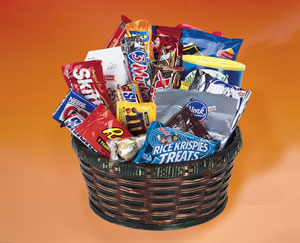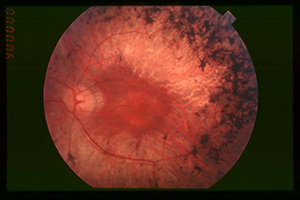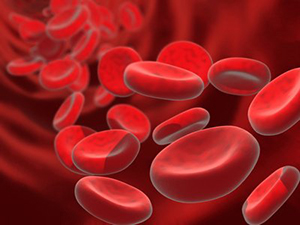 |
|
The researchers note that rats fed the tasty, highly palatable cafeteria diet ate more food—about 30 percent more calories—than those eating high-fat or high-sugar diets. |
The typical American diet—filled with processed foods like cookies and chips—may pack on more pounds than a high-fat diet.
Rats fed a snack-based diet of highly palatable, energy-dense foods gained more weight, had more tissue inflammation, and were intolerant to glucose and insulin (warning signs of diabetes) than rats whose diets were high fat from lard. The study is featured on the cover of this month’s issue of the journal Obesity.
“Obesity has reached epidemic levels in the United States,” says Liza Makowski, assistant professor of nutrition at the University of North Carolina at Chapel Hill and the study’s senior author. “These findings provide us with a better animal model to help explore what factors are contributing most to this dangerous trend, and what strategies for prevention and treatment of obesity will be most successful.”
Using obese rats in laboratory experiments has been a common practice for decades, but rodents are typically made obese on manufactured lard-based, high-fat diets, Makowski notes. Her team showed that feeding the rats a diet that more closely resembles a typical American diet filled with snacks—known as the “cafeteria diet,” or CAF—revealed even more severe risks and emphasized the potentially harmful nature of excessive snacking.
“Although we can’t pinpoint what component of these snacks is causing these pre-diabetes conditions, we show that the ‘cafeteria diet’ provides a more severe animal model of metabolic syndrome than lard-based high-fat diets,” she said.
Metabolic syndrome is the cluster of factors that increase a person’s risk for coronary artery disease, stroke, and Type 2 diabetes.
“The rapid gain in weight, extensive obesity, and multiorgan dysfunctions observed in the CAF model more closely reflect what is happening to humans who eat these snack foods regularly,” Makowski says.
The researchers note that rats fed the tasty, highly palatable cafeteria diet ate more food—about 30 percent more calories—than those eating high-fat or high-sugar diets.
“By the second week, rats on the lard-based, high-fat diet actually ate less, dropping their caloric intake to the same intake as rats on a standard, or healthy, diet,” Makowski said. “However, the CAF-fed rats continued to eat more, and gained almost double the weight of rats on the standard diet.”
Researchers from Vanderbilt University, Duke University, and Indiana University contributed to the study, which was done by the University of North Carolina-Chapel Hill.

|











